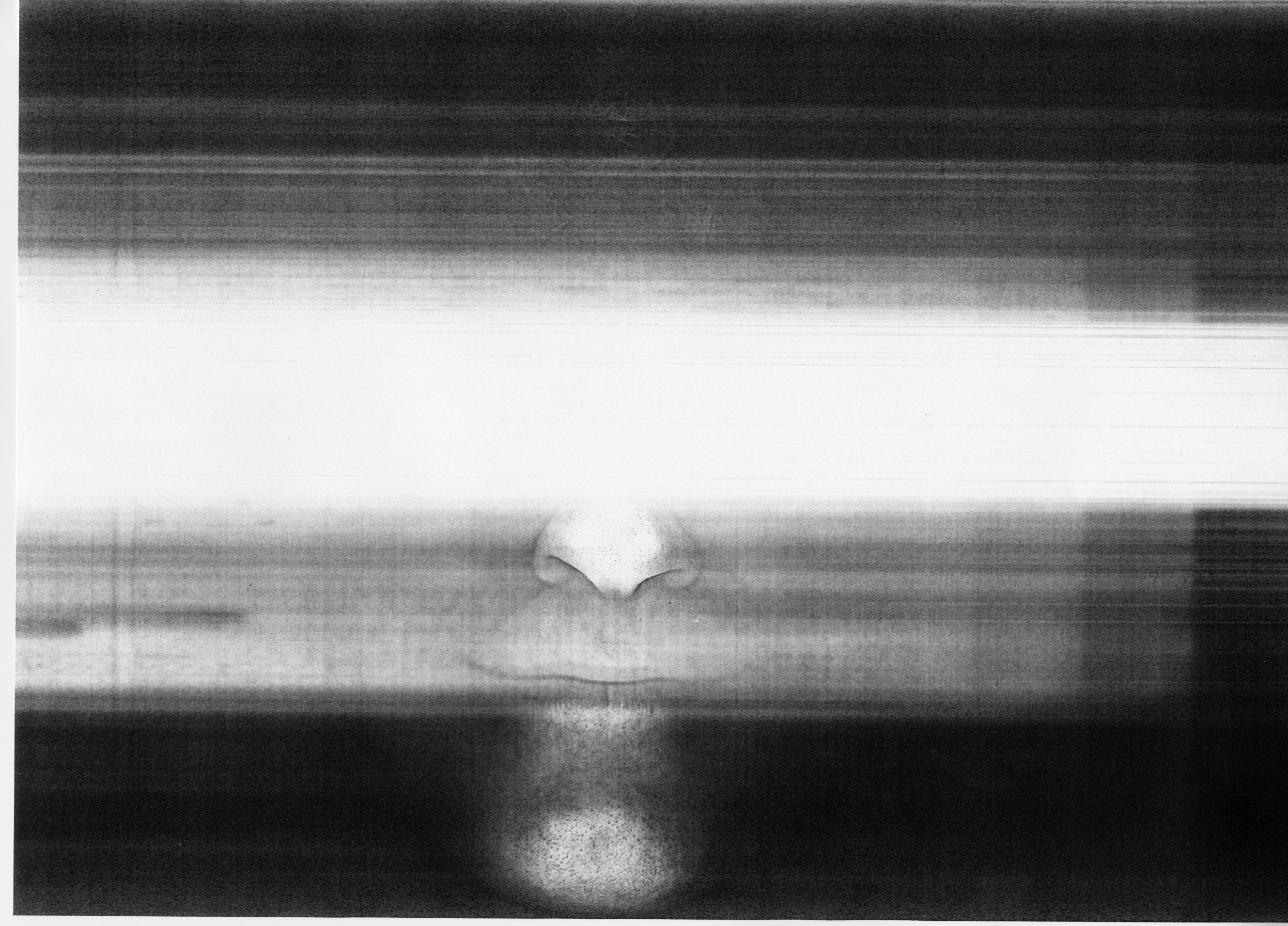전문가들이 제공하는 다양한 정보
How To Lose Money With What Is Billiards
페이지 정보
본문

A traditional snooker scoreboard resembles an abacus and records the points scored by each player for the current frame in units and twenties, as well as the frame scores. Snooker accessories include: chalk for the tip of the cue, used to help apply spin on the cue ball; various sorts of rest, such as the swan or spider for playing shots that are difficult to play by hand; extensions for lengthening the cue stick; a triangle for racking the reds; and a scoreboard which is typically attached to a wall near the snooker table. If there are not enough points remaining on the table for a player to win the frame, that player may offer to concede the frame while at the table (but not while their opponent is still at the table); a frame concession is a common occurrence in professional snooker. The game continues until one of the players either pots the black ball to win the frame, or commits a foul (losing the frame). He sustained his pace from there and took 5 of the next 9 racks to complete the win worth a cool Php350,000, including a San Miguel Beer Mug trophy. This keyway is common in commercial and residential locks in the US, and is close in shape and size to a number of other common keyways, including that used by Kwikset, a very popular (and easily defeated) line of US residential locks.
Durability of finish, complexities of "multiple stage" modern finishes, and other factors including environmental regulation led manufacturers to choose newer technologies. If successful, the value of the potted colour is added to the player's score, what is billiards and the ball is returned to its designated spot on the table. If both players agree, the balls are returned to their starting positions and the frame is restarted (known as a "re-rack"), with the same player taking the break-off shot as before. The responsibilities of the referee include announcing the points scored during a break, determining when a foul has been committed and awarding penalty points and free balls accordingly, replacing colours onto their designated spots after they are potted, restoring the balls to their previous positions after the "miss" rule has been invoked (see Scoring), and cleaning the cue ball or any object ball upon request by the striker. At the start of the game, the red balls are racked into a tightly packed equilateral triangle and the six colours are positioned at designated spots on the table.
In this situation, called a "re-spotted black", the black ball is returned to its designated spot and the cue ball is played in-hand, meaning that it may be placed anywhere on or within the lines of the "D" to start the tiebreak. At the end of each shot, the cue ball remains in the position where it has come to rest (unless it has entered a pocket, where it is returned to the "D") ready for the next shot. If you live in a temperate climate, you can rest easy knowing that your garage will be relatively safe for a pool table. Uncover the purpose behind the dots or diamonds on a pool table and how they aid in gameplay. The game continues until every red ball has been potted and only the six colours and the cue ball are left on the table. The process of alternately potting reds and colours continues until the striker fails to pot the desired object ball or commits a foul-at which point the opponent comes to the table to start the next turn-or when there are no red balls remaining. Play continues until the player does not make a scoring shot. Points accumulated by potting successive object balls are called a "break" (see Scoring below).
A player could achieve a break of 15, for example, by first potting a red followed by a black, then another red followed by a pink, before failing to pot the next red. The colours must next be potted in the ascending order of their values, from lowest to highest, i.e. yellow first (worth two points), then green (three points), brown (four points), blue (five points), pink (six points), and finally black (seven points); each colour remains in the pocket after being potted. The latter is a common foul committed when a player fails to escape from a "snooker", where the previous player has left the cue ball positioned such that no legal ball can be struck directly in a straight line without being wholly or partially obstructed by an illegal ball. Penalty points are awarded to a player when a foul is committed by the opponent. All points scored in the break before the foul was committed are awarded to the striker, but no points are scored for any ball pocketed during the foul shot. Players will often play on even when there are not enough points available for them to win, hoping to force their opponent into playing foul shots by laying snookers.
- 이전글Guide To Best Male Masturbating Toy: The Intermediate Guide For Best Male Masturbating Toy 24.09.23
- 다음글The Forbidden Truth About Daycare Near Me By State Revealed By An Old Pro 24.09.23
댓글목록
등록된 댓글이 없습니다.


